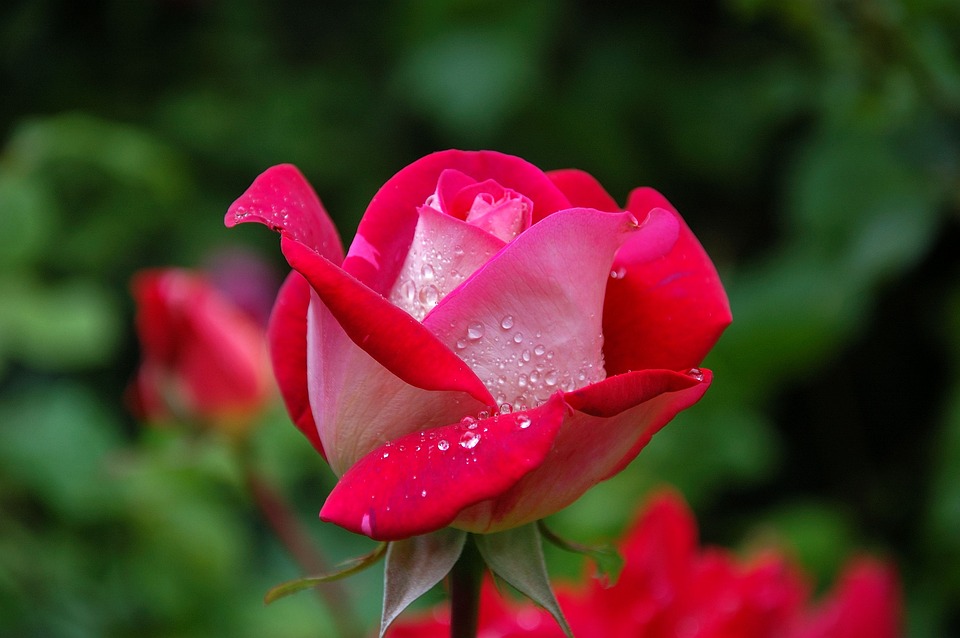
The Harlem Renaissance was a cultural movement that took place in the 1920s and 1930s in Harlem, a predominantly African-American neighborhood in New York City. This period saw an explosion of artistic and intellectual activity among African-American writers, artists, musicians, and thinkers, who sought to celebrate and promote their cultural heritage and to challenge racial stereotypes and prejudice. The Harlem Renaissance had a profound impact on American art and culture, and its legacy can still be felt today. In this essay, we will explore the major figures of the Harlem Renaissance and their contributions to American art and culture.
One of the key figures of the Harlem Renaissance was Langston Hughes, a poet and writer who is often referred to as the “Poet Laureate of Harlem.” Hughes was born in Joplin, Missouri, in 1902, and grew up in a family of African-American activists and intellectuals. He moved to New York in 1921 and soon became a leading figure in the Harlem literary scene, publishing his first book of poems, “The Weary Blues,” in 1926. Hughes’ poetry celebrated the beauty and resilience of African-American culture, while also addressing the injustices and struggles that African Americans faced in their daily lives. His work was widely read and influential, and helped to establish the Harlem Renaissance as a major cultural movement.
Another important figure of the Harlem Renaissance was Zora Neale Hurston, a writer and anthropologist who is best known for her novel “Their Eyes Were Watching God.” Hurston was born in Alabama in 1891 and grew up in Eatonville, Florida, one of the first all-black towns in the United States. She moved to New York in 1925 and became an active participant in the Harlem literary scene, publishing a series of short stories and essays that explored the lives of African-American women. Her work was notable for its use of dialect and its celebration of African-American folklore and culture.
The Harlem Renaissance also produced a number of important visual artists, including Aaron Douglas, a painter and illustrator who is often referred to as the “Father of Black American Art.” Douglas was born in Kansas in 1899 and studied art at the University of Nebraska and the University of Kansas. He moved to New York in 1925 and became a leading figure in the Harlem art scene, creating murals and illustrations that celebrated African-American history and culture. His work was notable for its use of bold colors and geometric shapes, and helped to establish a distinctive visual style for the Harlem Renaissance.
Another important visual artist of the Harlem Renaissance was Archibald Motley, a painter who is best known for his depictions of African-American life in Chicago. Motley was born in New Orleans in 1891 and studied art at the School of the Art Institute of Chicago. He moved to Paris in 1929 and studied at the Académie Julian, where he was influenced by the work of the European modernists. Motley’s work often depicted scenes of African-American life, including nightlife, street scenes, and jazz musicians. His paintings were notable for their use of bright colors and their depictions of the energy and vitality of African-American culture.
The Harlem Renaissance was also a period of significant musical innovation, with jazz and blues musicians such as Duke Ellington, Bessie Smith, and Louis Armstrong becoming major stars. These musicians helped to popularize African-American musical styles and to challenge racial stereotypes through their music. Ellington, in particular, was a major figure of the Harlem Renaissance, composing a number of iconic jazz compositions and leading one of the most popular bands of the era. His music helped to establish jazz as a major cultural force in America, and his influence can still be felt in contemporary music.
In addition to these major figures, the Harlem Renaissance also produced a number of significant thinkers, activists, and intellectuals who made important contributions to American art and culture. One of these figures was W.E.B. Du Bois, a scholar, writer, and civil rights activist who was one of the leading voices of the African-American community during the early 20th century. Du Bois was a founder of the National Association for the Advancement of Colored People (NAACP) and wrote several influential works on race relations, including “The Souls of Black Folk” and “Black Reconstruction in America.” His work helped to challenge racial stereotypes and to promote a more nuanced understanding of African-American history and culture.
Another important intellectual of the Harlem Renaissance was Alain Locke, a philosopher and writer who played a key role in promoting and disseminating African-American art and culture. Locke was born in Philadelphia in 1885 and studied philosophy at Harvard University. He became a leading figure in the Harlem Renaissance, organizing exhibitions of African-American art and editing an influential anthology of African-American literature called “The New Negro.” His work helped to establish the Harlem Renaissance as a major cultural movement and to promote a greater appreciation of African-American culture and creativity.
The impact of the Harlem Renaissance on American art and culture was profound and far-reaching. The movement helped to challenge racial stereotypes and to promote a more nuanced and diverse understanding of American culture. It also helped to establish African-American culture as a major force in American art, music, and literature. The legacy of the Harlem Renaissance can still be felt today, as artists and thinkers continue to draw inspiration from the movement’s innovative and dynamic spirit.







